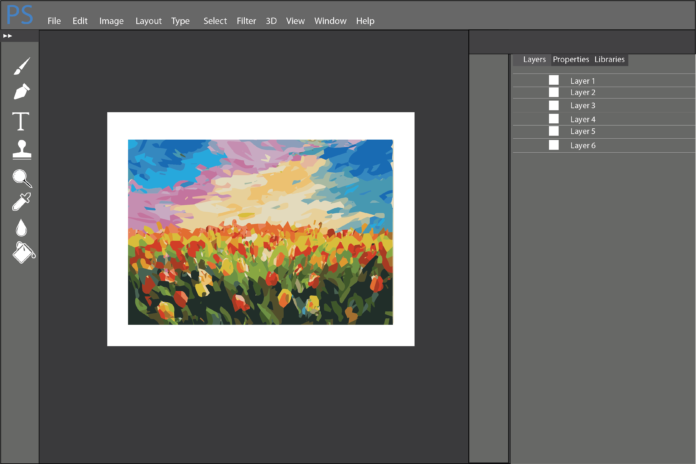The muse of 21st century art is hidden in lines of code
The mystique of robots taking over humanity, or the notion that humans will eventually be forced to fight for their relevance among super-human robots that outgrow the need of their human creators, is a trope that has existed in artistic expression for decades. The ever-increasing discussion about artificial intelligence has fostered a sleeker, more modern incorporation of technology in art as a subject, a tool and a means of measuring the value of art.
Grimes began her latest project in November 2018 with the release of “We Appreciate Power,” a nod to the capabilities that lie in endless lines of code and an embrace of the reign of AI. It’s futuristic synth-pop with the lyrics, “Baby, plug in, upload your mind / Come on, you’re not even alive / If you’re not backed up on a drive.” This statement begins to sound more realistic as the recombinant power of innovation expands.
Artists such as Björk have even gone as far as giving AI some creative freedom with her work. She and Microsoft recently partnered to create Kórsafn, meaning “choral archives” in Icelandic, which uses AI to recombine fragments of her music to react to patterns in the weather. For example, the chords sound different during sunrise and sunset. The project takes place inside the hotel Sister City in New York City. It’s a “generative lobby score powered by Microsoft AI,” according to Microsoft’s website.
Technology has historically had a large influence on music and has helped expand the array of sounds that can be incorporated into a song. There may be some who say that technology has worsened the quality of music, but overall it contributes to music’s evolution. This reminds me of the song “Intro” on Odesza’s “Summer’s Gone,” with the lyrics, “You combine segments of magnetic tape/By these means and many others you can create sounds which no one has ever heard before.”
British artist Matthew Stone designed the album cover of FKA Twig’s “Mary Magdalene” by creating digital brushstrokes that resemble paint on canvas, creating a truly three-dimensional shape that’s arguably more believable than traditional painting. A computer-generated program always draws a perfect line, but will art created by AI be objectively better?
The incorporation of technology and AI into art are redefining who and what can be an artist. In the case of Kórsafn, AI is doing the work for itself and isn’t created with human direction. The program is given input and recombines them based on musical rules. It’s one thing for AI and tech to be the subject of an artist’s work, but it’s another thing entirely when it doesn’t need a human artist.
Artists’ experiences and struggles, whether documented on canvas or with musical chords, hold a value unmatched by data collected to create something that is “most likely” to be liked by the masses. Good art is disinterested in what people already want and is often a catalyst that breaks the mold — a trait on which humans still have a monopoly. “Life imitates art” wouldn’t be very interesting anymore if predicted by a program.
Written by: Josh Madrid — arts@theaggie.org




